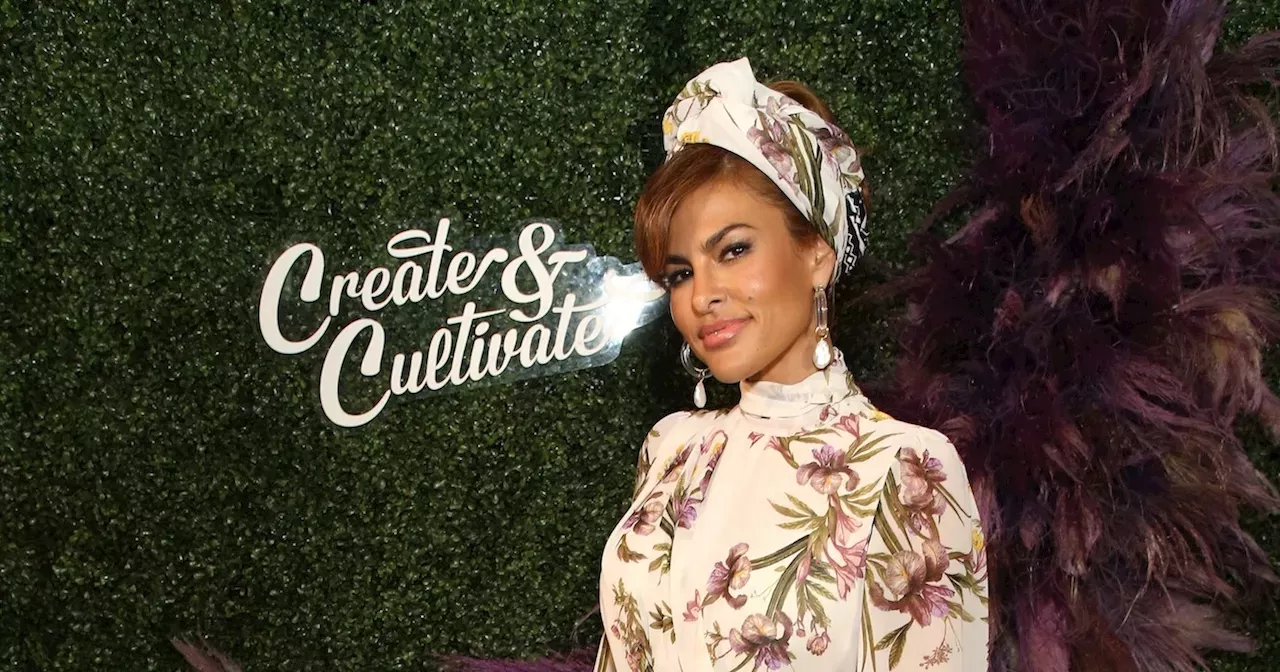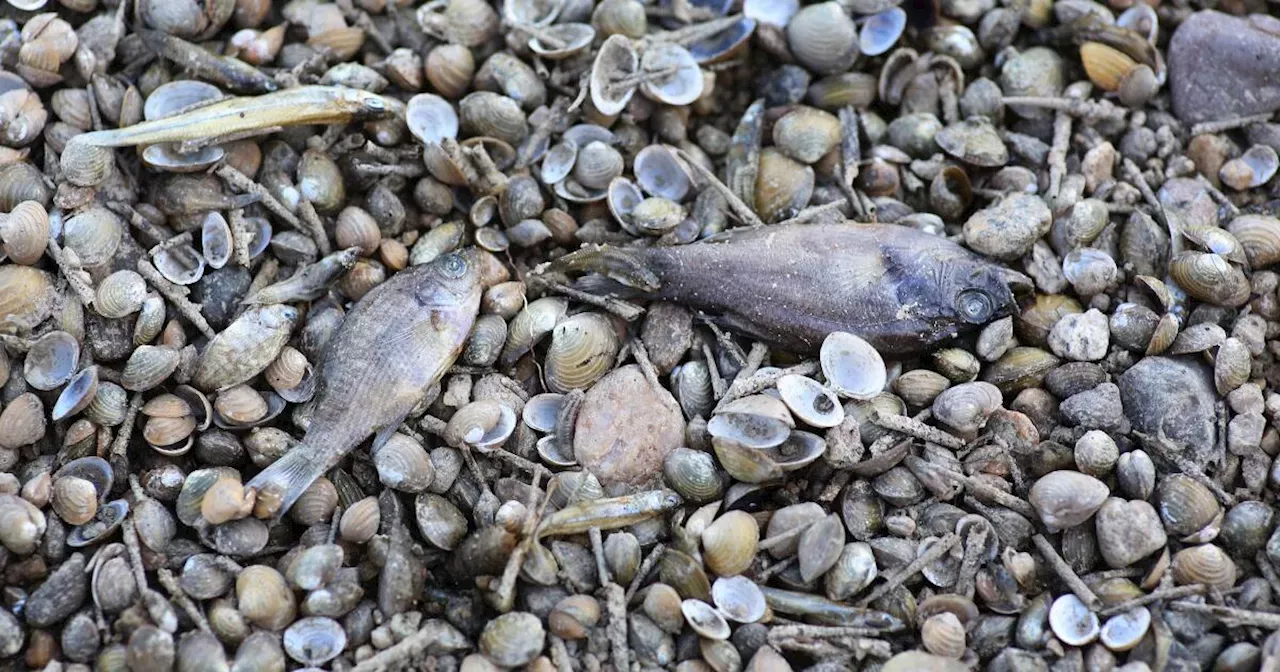V enice, a city of already preposterous beauty, comes further stuffed with art during its famous biennale, founded in 1895. The exhibition has grown to encompass multiple art forms, including the lesser known dance biennale, which started in 1999 and actually happens every year. The dance strand has upped its game under the directorship of British choreographer Wayne McGregor – now Sir Wayne, having been knighted in the King’s birthday honours.
McGregor took over in 2021 and has just been reappointed for two more years. He has programmed a wide array of international artists, well known and otherwise, with plenty that is unexpected. This year’s theme is We Humans, a title that might conjure fleshy bodies and emotional connection, but the opening weekend’s performances focused as much on physics, formal systems, busy brains and interactions with technology, in keeping with McGregor’s own preoccupations.

The show that brings spectacle is the European premiere of Waves by Cloud Gate Dance Theatre of Taiwan. For nearly 50 years Cloud Gate was run by founder Lin Hwai-min, with a recognisable aesthetic that felt rooted in something timeless, ancient even. Choreographer Cheng Tsung-lung took over in 2020 and bar the dancers’ talent for sinuous movement, it could be a completely different company, plunging into future tech in this collaboration with digital artist Daito Manabe.
Waves transforms the data of the dancing body through AI, often in mesmerising, splintering, flickering backdrops, a triumph of visual intrigue, somewhat at the expense of interesting choreography. It confuses the senses. A body crosses the stage with long strands of light streaming behind him, like a giant silver mane filling the space.
Is that a real person, or a projection? It’s actually impossible to tell at first. We see a man duetting with a digital creation, totally absorbed and ignoring the other human on stage. The interplay between human and digital, and who is in control, is an undercurrent; the uneasy relationship between ourselves and the flashing zeros and ones.
The absolute opposite of Waves is a performance so lo-fi it could tour in your hand luggage. Sister or He Buried the Body is by Trajal Harrell, the recipient of the biennale’s Silver Lion award, given to a young(ish) cutting-edge artist. Harrell’s American, but his success has been predominantly in Europe – he had a major installation at the Barbican in 2017.
Harrell’s works are both densely academic and direct, layering up movements from dance history, especially vogueing, and in this piece the Japanese form butoh. In this solo, Harrell is seated, in a skirt, feet planted wide, eyes closed, hands raised pleadingly in front of his face. He sways side-to-side to a playlist of Sade and Everything But the Girl, which he cues himself by tapping the iPhone next to him, but the low-key 80s pop becomes suddenly, rug-pullingly moving as Harrell’s face grimaces in silent pain.
Very theatrical, but intensely private at the same time. The Golden Lion is the major honour of the festival, a lifetime achievement award, although this year’s goes to a choreographer most dancegoers in the UK won’t have heard of. Seventy-year-old Cristina Caprioli is Italian born, danced in the US and Europe and settled in Sweden in the 1980s where she runs the company CCAP.
In 1970s New York she encountered postmodern dance and you can see its ideals of form over expression, pedestrianism over virtuosity here, although Deadlock, a solo performed by Louise Dahl, is quietly virtuosic in its own way. It comes with poetic origins – death, dead-ends, stalemate – and Caprioli’s dance is an exercise in physics, researching the momentum of centripetal forces in Dahl’s spinning body, drawing and redrawing circles around the floor. At one point Dahl stands in a still pose, her clenched fists slowly open and close, open and close, like a light flashing, and it’s surprisingly arresting.
Perhaps because the performance has trained our attention to focus on the smallest movement. Dahl is remarkable, everything utterly precise yet completely unforced, as if her body just happens to be the vessel for these physical forces; she barely makes an imprint on the space, and yet she’s a compelling presence. Sounds implausible, but that’s how it feels; so much in dance happens in the space of not-knowing.
Another piece driven by physics, Natural Order of Things, by Barcelona-based Guy Nader and Maria Campos (AKA GN|MC) is a balm for the overworked brain, the murmurations of its nine dancers play out in front of you, beautifully lit, like watching nature’s patterns unfold. A paean to gravity, it begins with a line of bodies that lean to the side (Smooth Criminal-style) until the weight takes them and they fall into a lilting back and forth pattern, like tides in the Venice lagoon. The momentum builds until bodies are being tossed in the air, flipping and falling, but always returning to the ebb and flow, the rules of weight, velocity, equilibrium.
It’s calmly satisfying. Watching show after show at a festival, attention can wane, but certain moments will stick in your mind. In The Bench, a new creation by Caprioli with the students of the Biennale College, an initiative for young dancers, the performers acrobatically arrange themselves over benches in a public park under the blistering midday sun.
At one point two young men end up on the same bench. One gently leans on the other’s shoulder. The other looks at him.
And from nowhere it is suddenly, instantly, intimately human. Venice’s 18th international festival of contemporary dance runs until 3 August . Lyndsey Winship’s trip was provided by the Venice Biennale.
.



















